The Step-by-Step Guide to Finding Reliable Kids Clothing Manufacturers in 2026
The Step-by-Step Guide to Finding Reliable Kids Clothing Manufacturers in 2026
Contents
- 1 The Step-by-Step Guide to Finding Reliable Kids Clothing Manufacturers in 2026
- 1.1 Introduction
- 1.2 1. Understand Your Kids Clothing Line Needs
- 1.3 2. Research Potential Manufacturers
- 1.4 3. Vet Manufacturers Based on Key Criteria
- 1.5 4. Communicate Your Requirements Clearly
- 1.6 5. Build a Relationship with Your Manufacturer
- 1.7 6. Legal Considerations and Contracts
- 1.8 Conclusion
- 1.9 FAQs
- 1.10 Step-by-Step Guide to Finding Reliable Kids Clothing Manufacturers in 2025

Introduction
Finding the right kids clothing manufacturer is essential for any brand looking to create high-quality, safe, and stylish apparel. Whether you’re just starting out or scaling your kids’ clothing line, partnering with a reliable manufacturer can make or break your brand. However, navigating the myriad of options available today can be overwhelming. Did you know that over 80% of clothing brands struggle with production delays or quality control issues in the first year? It’s a common challenge but don’t worry—this guide will walk you through the process of finding a trustworthy kids clothing manufacturer who aligns with your goals.
With over 4 million children’s clothing brands in the market, the need for dependable manufacturing partners is more significant than ever. Let’s break down the process so you can confidently find the right manufacturer for your kids’ clothing line!
1. Understand Your Kids Clothing Line Needs
Before diving into the search for a manufacturer, it’s critical to clarify what your clothing line will require. Without a clear understanding of your own needs, it’s tough to evaluate manufacturers effectively. Here are the key areas to focus on when defining your needs:
Determine the Type of Kids Clothing You Want to Produce
Are you focused on casual wear, activewear, or outerwear? Each category requires a unique set of skills, materials, and machinery. Casual wear might be simpler to produce, while outerwear may require more advanced techniques to ensure durability and warmth. Clarifying this will help you narrow down potential manufacturers who specialize in these specific areas.
Decide on the Age Range and Size Requirements
The children’s clothing market is vast, catering to infants, toddlers, children, and even pre-teens. Each age group has distinct sizing and safety requirements. For example, clothing for babies needs to be more comfortable, soft, and free of any small detachable parts. Meanwhile, activewear for teens may require more advanced materials like moisture-wicking fabrics. Ensure that your manufacturer has the capacity to handle the size variations specific to your target demographic.
Set Your Budget for Production Costs
Budgeting is key when selecting the right kids clothing manufacturer. The cost will vary depending on materials, labor, order quantities, and shipping. Make sure you have a budget that accounts for the full cost of production, including sampling fees and potential costs for modifications. Understanding this upfront will help you narrow down your options and prevent surprises later on.
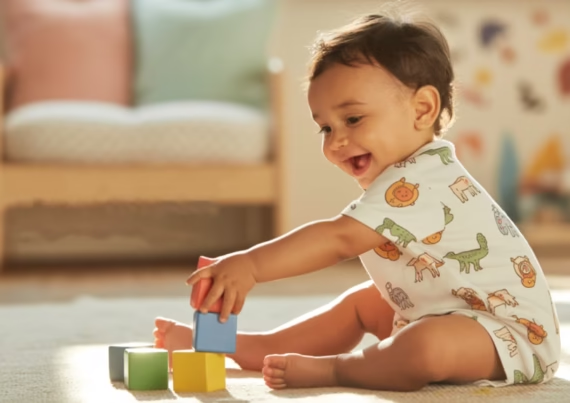
With 17 years of experience, petelulu provides a full range of
manufacturing services from design to delivery.
Start from scratch , Create your own brand.
17+
serving top 10 American brands
15+
serving top 10 Australian brands
12+
serving top 10 European brands
Contact us to get the quote.👇
2. Research Potential Manufacturers
Once you know what you’re looking for, the next step is to begin your research. The kids’ clothing manufacturing landscape is vast, but there are several ways you can filter through the options.
Use Platforms to Find a Variety of Manufacturers
Platforms like Alibaba, ThomasNet, and Maker’s Row can help you find a wide range of manufacturers that specialize in kids’ apparel. These platforms provide access to detailed information about manufacturers, including production capabilities, pricing, and location. When searching, try using specific keywords like “kids clothing manufacturer” or “children’s apparel supplier” to find a better match.
Read Reviews and Ratings
Feedback from other businesses that have worked with these manufacturers is invaluable. Read online reviews and ratings to get a sense of each manufacturer’s reliability and product quality. Positive feedback is a good indicator, but also look for patterns in complaints, such as delays in shipping or quality issues.
Check for Certifications
Look for manufacturers with relevant certifications such as ISO (International Organization for Standardization), which can assure you of their manufacturing standards. Also, certifications in ethical sourcing or child safety can be crucial in the kids clothing industry. A certified manufacturer is typically more reliable in terms of product quality and safety.
Request Samples
Before committing to a manufacturer, always ask for samples. Samples are a great way to assess the fabric, stitching, durability, and overall quality of the products. This will give you a clearer idea of whether their production aligns with your brand’s standards.
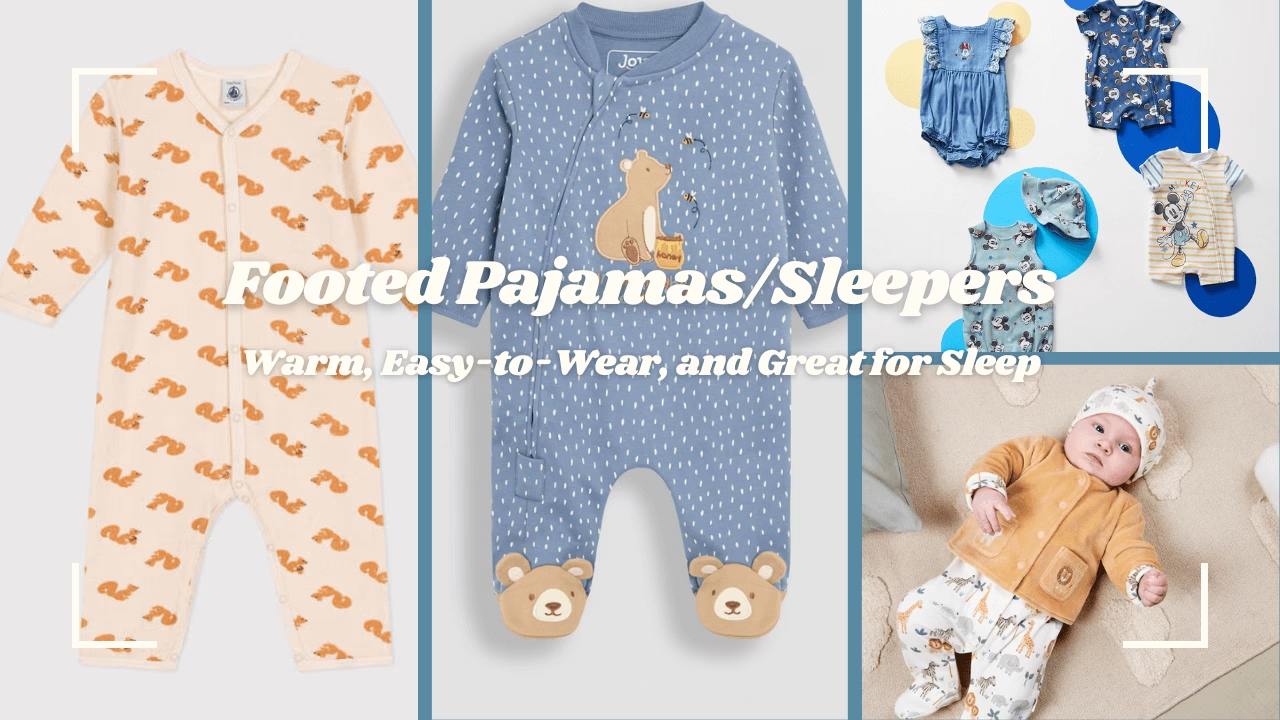
3. Vet Manufacturers Based on Key Criteria
Once you’ve narrowed down a list of potential manufacturers, it’s time to vet them based on essential criteria.
Evaluate Their Production Capabilities
Every brand has different needs in terms of lead times, order quantities, and scalability. Ask manufacturers about their lead times and whether they can meet your deadlines for large or small orders. If you plan to scale your business, ensure they have the capacity to handle larger orders in the future.
Experience with Specific Fabrics
Different fabric types require different handling and machinery. For example, organic cotton, bamboo fabrics, or eco-friendly materials need careful handling. Ensure that the manufacturer you choose has experience with the types of fabric your kids’ clothing line will use.
Safety Standards for Kids’ Apparel
Kids’ clothing must meet strict safety standards, from non-toxic dyes to avoiding small parts that could pose choking hazards. Always ask about the manufacturer’s safety certifications and whether they adhere to the standards outlined by regulatory bodies like the Consumer Product Safety Commission (CPSC).
Ethical Sourcing Practices
Manufacturers with ethical sourcing practices will help ensure that your products are made in humane working conditions, which is especially important for parents who care about the ethical implications of the products they purchase. Ask about the manufacturer’s labor practices and whether they are transparent about their supply chain.
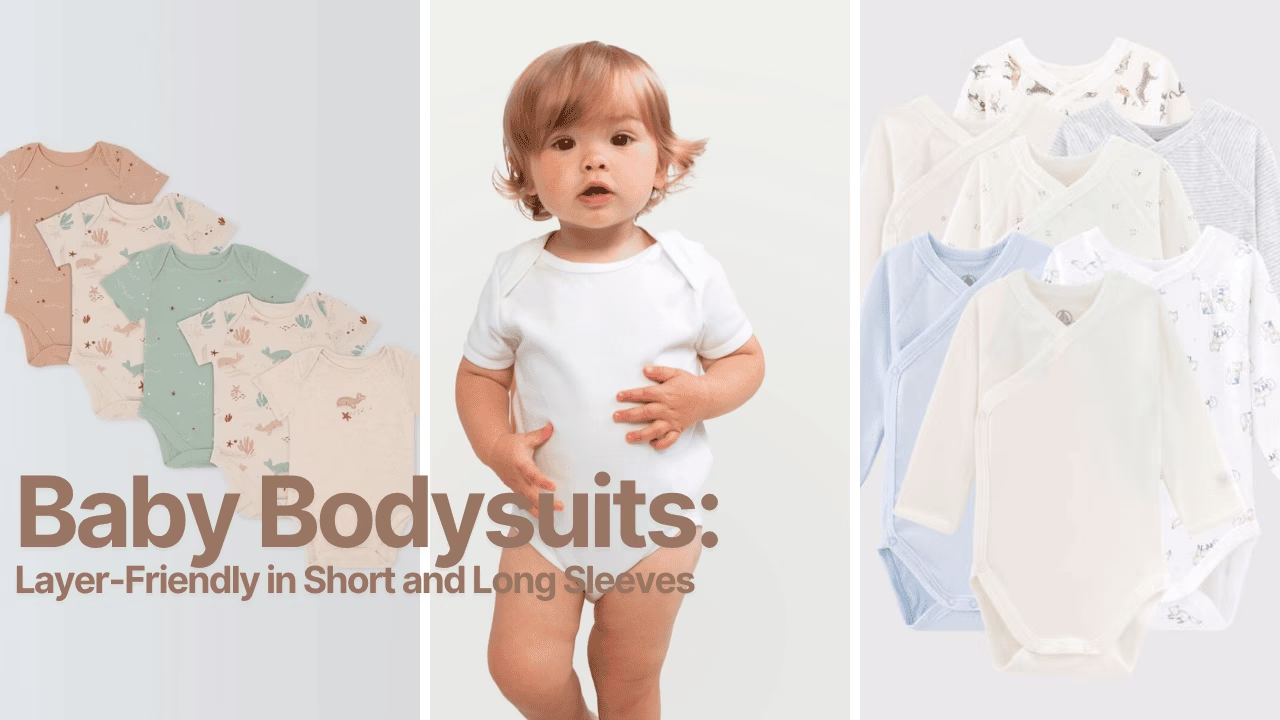
4. Communicate Your Requirements Clearly
Once you’ve selected a manufacturer, communication becomes the key to a successful partnership. Effective communication will help avoid confusion and prevent costly errors.
Provide Clear and Detailed Specifications
The more specific you are about your requirements, the better the outcome. Provide a detailed list of materials, designs, colors, patterns, and other specifics about your kids clothing line. The clearer the information, the easier it is for the manufacturer to execute your vision.
Request Information on Their Quality Control Process
To avoid any surprises, ask the manufacturer about their quality control (QC) process. A reliable manufacturer should have a robust QC system in place to ensure consistency and quality. This process might include inspections, fabric testing, and final product checks.
Establish Minimum Order Quantities (MOQ)
MOQs can vary significantly from one manufacturer to another. Make sure you understand their MOQ requirements, and if needed, negotiate the terms. You want to avoid overcommitting to an order quantity that you can’t sell.
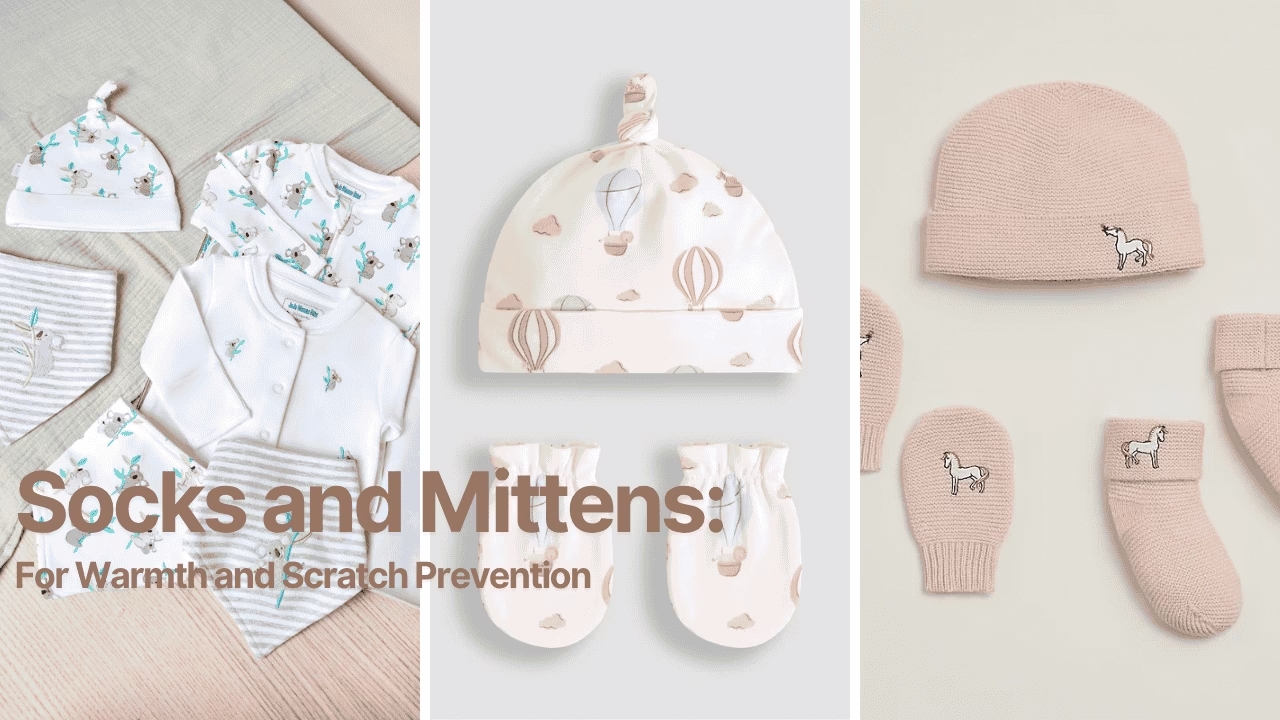
5. Build a Relationship with Your Manufacturer
Building a lasting and trusting relationship with your manufacturer is critical for long-term success. This partnership goes beyond just placing orders—it involves communication, collaboration, and consistency.
Start with a Small Test Order
Before jumping into large orders, start with a small test order. This will allow you to evaluate the quality of the final product and the manufacturer’s reliability without committing a significant portion of your budget. A test order gives you the opportunity to make adjustments before placing large-scale orders and ensures that both parties understand expectations.
Discuss Payment Terms, Timelines, and Shipment Logistics
Once you’ve completed the test order and are satisfied with the results, it’s time to talk about the logistics of future orders. Discuss payment terms such as down payments, installment options, or final payment terms. Clarifying shipping methods, costs, and timelines at this stage ensures that your business operations will run smoothly. Always confirm timelines to avoid potential delays that could impact your brand’s delivery schedule.
Maintain Constant Communication
Establishing a communication routine is key to staying on track. Schedule regular check-ins or meetings to discuss any issues that arise. The more transparent and communicative you are with your manufacturer, the better the relationship will be. Quick feedback and adjustments can be vital, especially when you’re working with a manufacturer for the first time.
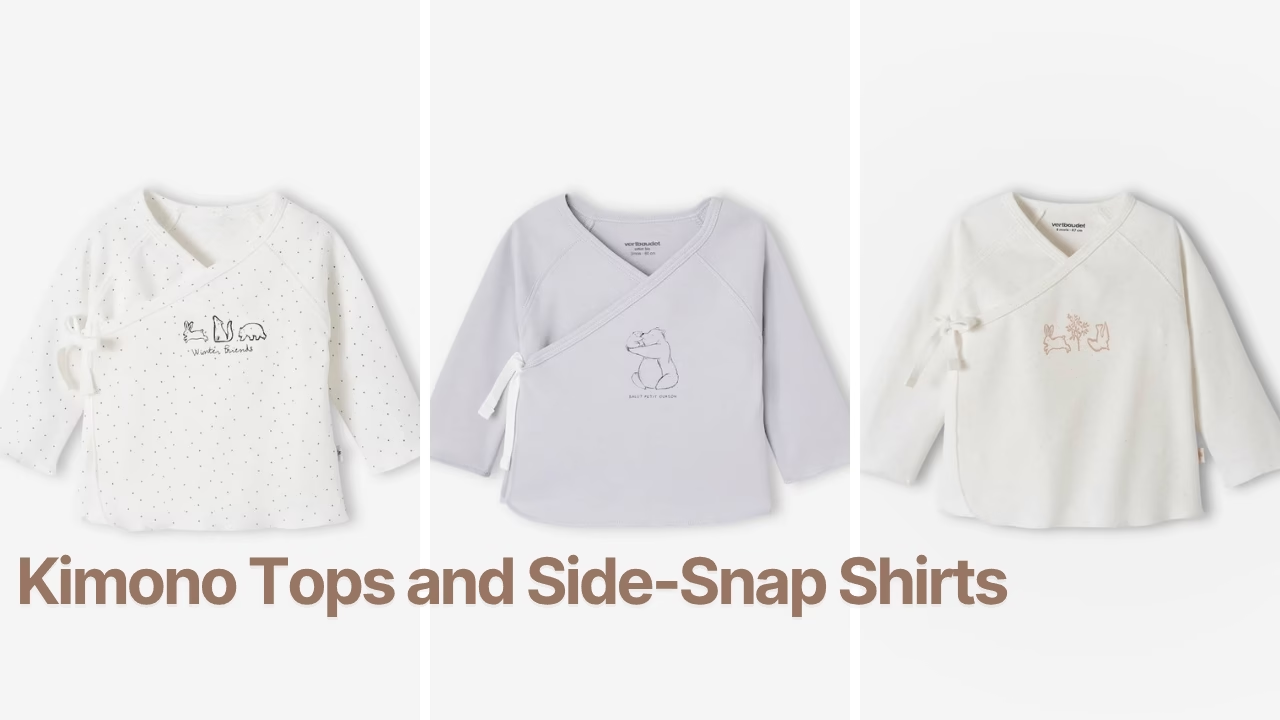
6. Legal Considerations and Contracts
While building a relationship with your manufacturer is vital, having a solid legal agreement is just as important to protect both parties and ensure that expectations are met.
Importance of a Solid Contract
A contract serves as a safeguard for both you and the manufacturer. It outlines the agreed-upon terms and protects you against potential issues such as late deliveries, poor-quality products, and unresolved disputes. Without a proper contract, your business could face legal challenges, so ensure all major details are addressed before moving forward.
Ensure Clear Terms on Intellectual Property, Payment, and Delivery
Your contract should clearly define the intellectual property (IP) rights of your designs, ensuring that no one else can replicate or steal your original work. Furthermore, establish payment schedules, penalties for late payments, delivery deadlines, and quality control checkpoints. It’s essential that both parties fully understand and agree to the contract’s terms.
Consult a Lawyer to Review the Contract
Consulting with a lawyer who specializes in manufacturing agreements or international trade is crucial, especially when dealing with overseas manufacturers. A legal expert can ensure that the contract is clear, legally binding, and that your interests are fully protected. This professional assistance might seem like an additional cost, but it’s an investment in securing the long-term success of your business.


With 17 years of experience, petelulu provides a full range of
manufacturing services from design to delivery.
Start from scratch , Create your own brand.
17+
serving top 10 American brands
15+
serving top 10 Australian brands
12+
serving top 10 European brands
Contact us to get the quote.👇
Conclusion
Finding a reliable kids clothing manufacturer in 2025 is no small task, but by following this step-by-step guide, you can make the process much more manageable. From understanding your needs and researching manufacturers to communicating your requirements and building a strong relationship, each step is critical to ensuring you find a partner that meets your quality standards, ethical values, and business objectives.
By conducting thorough research, vetting your options carefully, and negotiating clear contracts, you can avoid common pitfalls and lay the groundwork for a successful partnership that helps your kids’ clothing line flourish. Whether you’re launching a new brand or expanding an existing one, a trustworthy manufacturer can be the cornerstone of your business’s success.
Ready to start your search? Use the tips from this guide to find the perfect kids clothing manufacturer and bring your designs to life. The right manufacturing partner is out there waiting to help you create safe, stylish, and high-quality apparel for children everywhere!
FAQs
1. How do I know if a kids clothing manufacturer is trustworthy?
Look for manufacturers with certifications such as ISO or ethical sourcing credentials, and always ask for customer reviews and product samples. A reputable manufacturer will have a solid track record of meeting safety standards and delivering quality products.
2. What are the common mistakes to avoid when choosing a kids clothing manufacturer?
Common mistakes include not clarifying requirements upfront, not requesting samples, and failing to establish clear communication and legal agreements. Always take the time to understand the manufacturer’s capabilities and ensure they align with your needs.
3. Can I start with small orders from a manufacturer?
Yes, many manufacturers allow you to start with smaller test orders to ensure the quality and fit of the products. This is an excellent way to assess their production capabilities before making larger commitments.
4. How can I ensure the safety of my kids’ clothing products?
Ensure that the manufacturer follows all applicable safety standards for children’s clothing, including using non-toxic dyes, avoiding small parts that can be a choking hazard, and testing fabric for harmful substances. Additionally, request certifications or reports to verify safety compliance.
5. What is the best way to negotiate prices with manufacturers?
Start by understanding the manufacturer’s pricing structure, including minimum order quantities (MOQs) and shipping costs. Negotiate based on your budget, order size, and long-term potential. Building a solid relationship with the manufacturer can also help you secure better pricing for repeat orders.
Step-by-Step Guide to Finding Reliable Kids Clothing Manufacturers in 2025
| Section | Key Points |
|---|---|
| Introduction | Finding a reliable manufacturer is crucial for creating high-quality kids’ clothing. Over 80% of brands face production delays or quality issues in the first year. |
| 1. Understand Your Kids Clothing Line Needs |
|
| 2. Research Potential Manufacturers |
|
| 3. Vet Manufacturers Based on Key Criteria |
|
| 4. Communicate Your Requirements Clearly |
|
| 5. Build a Relationship with Your Manufacturer |
|
| 6. Legal Considerations and Contracts |
|
| Conclusion | Finding a reliable manufacturer is essential for success. By following the steps, you can ensure a trustworthy partnership and avoid common pitfalls. |

With 17 years of experience, petelulu provides a full range of
manufacturing services from design to delivery.
Start from scratch , Create your own brand.
17+
serving top 10 American brands
15+
serving top 10 Australian brands
12+
serving top 10 European brands
Contact us to get the quote.👇
About the author
Xhiney, founder of Petelulu, brings over 20 years of experience in children’s wear design, production, and international trade. A contributor to Children’s Wear and Junior magazines, Xhiney has spent 17 years working with high-end children’s wear brands in Europe and the U.S., offering expert insights and support.
